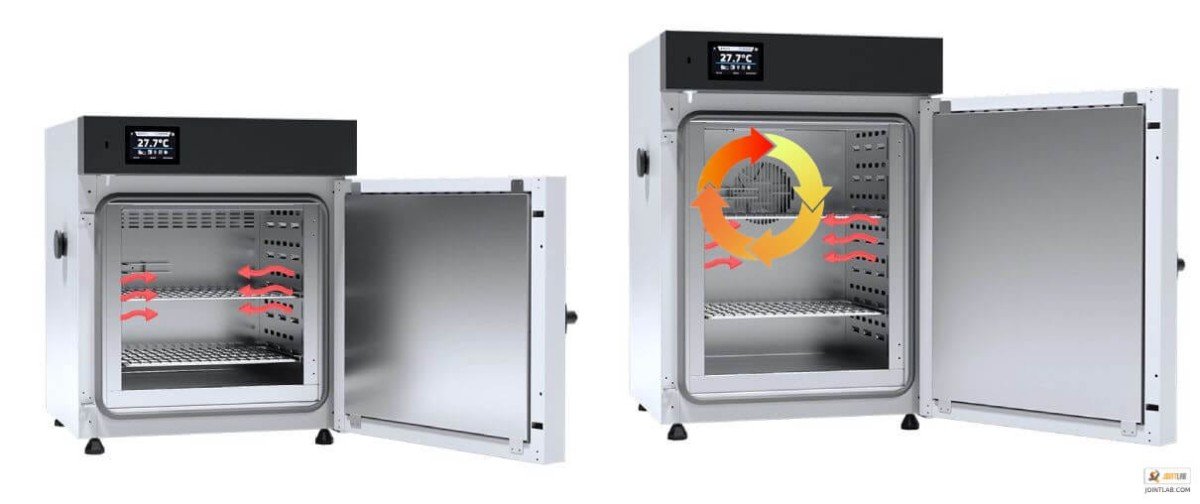When you're diving into the world of lab ovens, size really matters. A good starting point is to think about what you'll be using the oven for. Are you baking in small batches, or do you need to handle larger samples? The right size can make all the difference in efficiency and effectiveness.
First, consider the internal dimensions. A compact oven might be perfect for small-scale experiments or delicate samples, but if you're planning on running multiple tests simultaneously or handling larger items, you’ll need something with more space. An oven with adjustable shelves can offer flexibility, allowing you to get the most out of your available space.
Also, think about your workflow. If you regularly swap out samples, a larger oven could save you time and hassle. Plus, keep in mind the extra space for any accessories or tools you might need to use alongside the oven. This lab oven buying guide is all about finding the perfect fit for your needs.
Lastly, don’t forget to check the oven's footprint in your lab! Make sure there’s enough room not just for the oven itself, but also for safe and convenient access while you're working. The right size and layout will help create a functional workspace that enhances your lab’s productivity.
Key Features to Consider
Temperature Range: It’s crucial to check the temperature range of the oven. Depending on what you’re working with, you might need a model that goes from very low temperatures for delicate samples to high settings for more robust applications. Make sure the range fits your specific projects!
Size and Capacity: Think about your workspace. How much room do you have for the oven? Plus, consider how much you need to store inside it. There are compact options for smaller spaces and larger units for big batches. Pick one that suits your lab activities!
Safety Features: Don't overlook safety! Look for ovens with features like temperature alarms, auto shut-off, and good insulation. These can help prevent accidents and protect your work, ensuring you can focus on what you do best.
Ease of Use: Finally, always consider how user-friendly the controls are. Digital displays, clear settings, and easy maintenance can save you a lot of time and frustration. A straightforward design allows you to jump right in and start your experiments with minimal hassle.
Performance and Temperature Accuracy
Temperature uniformity is key. Many ovens these days come with advanced features that help ensure even heating. Look for models that have circulation fans or multiple heating elements which can prevent hot spots. This helps ensure your samples heat evenly, producing more reliable results.
Another thing to consider is temperature range. Some applications may need lower or higher temperatures, so a model that covers a wide range can be a great advantage. It's also crucial to check how quickly the oven can reach the desired temperature. Many modern ovens will reach optimal temps faster than older models, saving you time in the lab.
Lastly, keep an eye on temperature controllers. Digital controls are often more precise, making it easier to set and monitor your desired temperature accurately. A good lab oven will have a clear display that shows the current temperature, helping you make those fine adjustments when needed.
Maintenance for Longevity
Taking care of your lab oven is key to ensuring it lasts a long time and operates efficiently. Regular maintenance doesn’t just help with longevity; it also keeps your experiments running smoothly. Here are some straightforward tips to follow.
First, always clean your lab oven regularly. Build-up from spills or dust can affect performance. Use mild cleaning solutions and soft cloths to wipe down the interior and exterior. Avoid harsh chemicals that could damage the surfaces. A clean oven ensures consistent results and keeps things looking tidy.
Next, check the seals and gaskets. These little components help maintain temperature accurately. If they’re worn out or damaged, replace them promptly. Signs that you may need a replacement include cracks, holes, or signs of wear. Keeping the seals in good shape will not only save energy but also improve your oven's performance.
It’s also wise to keep an eye on the calibration. Make sure to periodically calibrate your lab oven to ensure it maintains the correct temperatures. Follow the manufacturer’s recommendations for calibration frequency. This step is vital as it ensures you’re getting the precise data you need for your experiments.
Lastly, consider the environment where your lab oven is placed. A stable location, away from moisture and extreme temperatures, can make a big difference. Avoid placing your oven near heat sources or in overly humid areas. Good placement not only helps with performance but also extends its lifespan. Investing a little time in maintenance goes a long way, so keep these pointers from our lab oven buying guide in mind!

